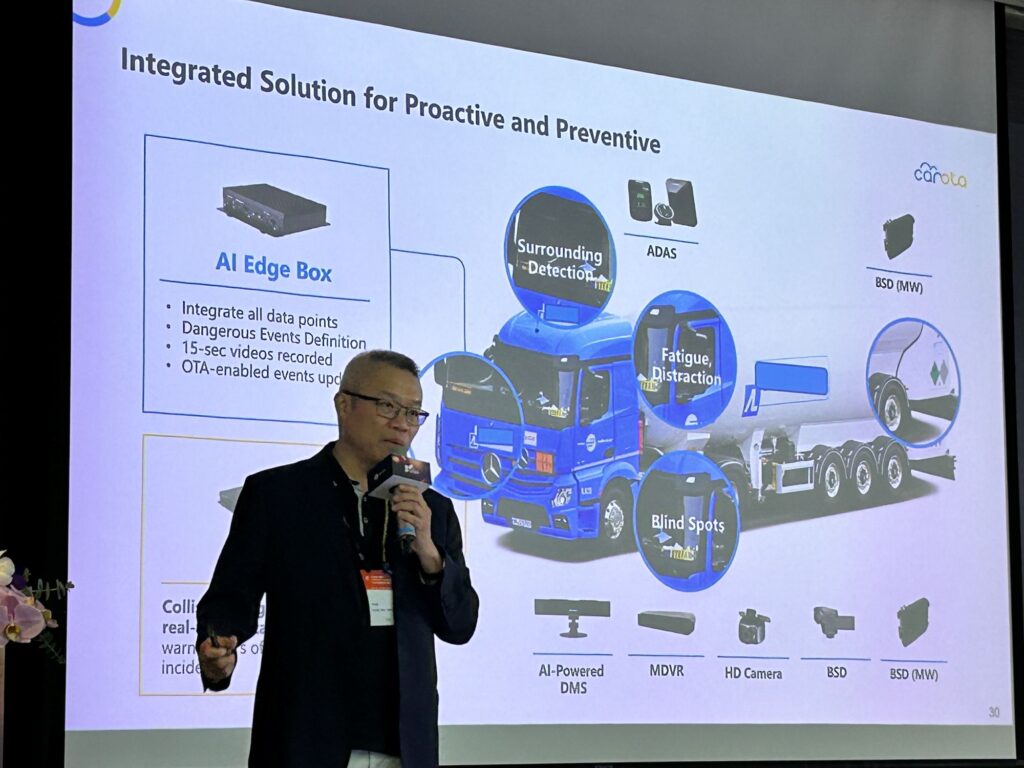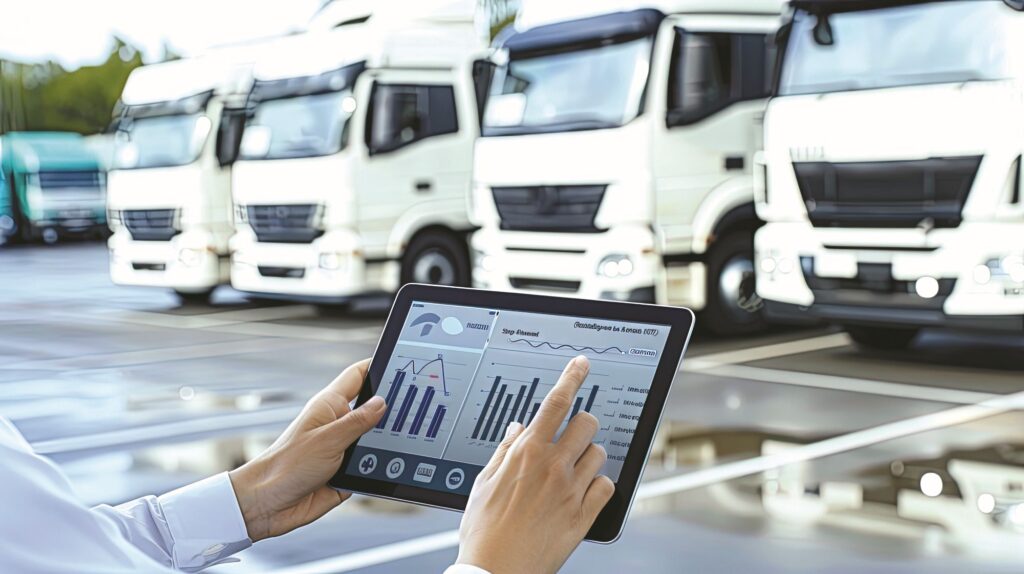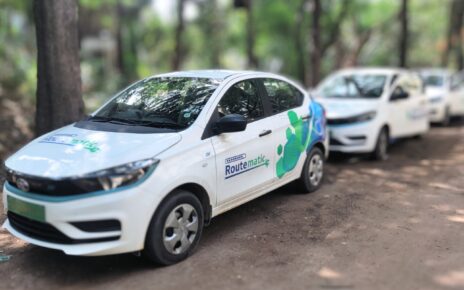At the 360° Mobility Forum held at the Taipei AMPA, E-mobility Taiwan 2035, and Autotronics Taipei Show, Paul Wu, the Founder and CEO of Carota, delved into the future of software-defined mobility, emphasizing how artificial intelligence (AI) and over-the-air (OTA) software updates are transforming the automotive industry. His insights revolved around how these technologies can improve vehicle maintenance, safety, and customer experience. Through these innovations, the industry is looking to redefine how cars are managed, operated, and maintained, with a strong focus on software’s role in shaping the future of mobility.

“In today’s world, the volume of car recalls is staggering. A significant number of these recalls stem from software issues,” Paul pointed out. “Around 70% of automotive recalls are software-related failures. This is why Carota was created—to solve these challenges by providing software-defined solutions and OTA updates.” This statement reflects the core of Carota’s mission: using software to enhance vehicle safety and performance without the need for physical recalls, which can be costly and time-consuming.
One of the major problems in the current automotive landscape is the inefficiency of traditional car diagnostics. “Most car owners only realize there’s an issue when it’s too late—when a warning light pops up while driving,” he explained. “But with Carota’s OTA diagnostics, we allow consumers and service centers to know exactly what’s happening with the vehicle in real time. This proactive approach minimizes downtime and increases efficiency for everyone involved.” By embedding remote diagnostics in each vehicle, Carota helps reduce breakdowns, improve maintenance schedules, and offer faster solutions to problems that would otherwise go unnoticed until a malfunction occurs.
Carota’s innovation extends beyond individual vehicles. The company has successfully integrated its platform into a wide range of IoT devices and vehicles, including buses, trucks, and even drones and flying taxis. Paul highlighted the scale of Carota’s success, revealing that their system is already in use across over 300 million devices globally. “We started with 26 million cars in the U.S., but the system is now deployed across multiple countries, servicing not just cars but a variety of connected devices,” he remarked. This massive reach underscores the potential of AI and software updates in the broader transportation ecosystem.

One of the key technological advancements Carota has introduced is the ability to manage software updates efficiently through a differential (delta) update mechanism. “Traditional updates require large files to be downloaded, which can be inefficient and costly. Our delta update technology ensures that only the changes between two versions are downloaded, saving both bandwidth and storage,” he said. This innovation dramatically reduces data transfer costs, making it more viable for car manufacturers to deliver frequent, efficient software updates to their fleets.
Beyond just managing updates, Carota’s AI-driven platform also plays a critical role in improving driver safety. Through AI-powered diagnostics, the platform can monitor driver behavior, including identifying potentially dangerous driving patterns like fatigue or distraction. “With Carota, fleet managers can track driving behaviors in real time, from speeding to unsafe maneuvers. The system sends alerts whenever a risky behavior is detected, such as a driver smoking in a truck carrying hazardous materials,” he shared. This proactive monitoring not only enhances safety but also helps prevent accidents before they happen.
Paul also emphasized the growing importance of compliance in the software-defined automotive world. As software updates can now alter a vehicle’s functionality—such as enabling autonomous driving features—it is essential that these updates meet regulatory standards. “In the past, car manufacturers could silently install software updates. But now, as governments like China, the EU, and the U.S. are introducing new regulations, OEMs must ensure that their updates pass regulatory compliance before being deployed to consumers,” he said. This regulatory shift means that software updates are not only more frequent but also subject to much stricter oversight, which is crucial for ensuring safety and legality.
The broader implications of these advancements are significant for the future of transportation. “With Carota’s platform, we aim to support not just individual vehicles but entire fleets, whether it’s buses, trucks, or motorcycles,” he stated. “Our technology enables more efficient fleet management, lower operational costs, and safer transportation solutions.” This approach allows fleet operators to manage vehicle performance, maintenance, and safety in real time, all while collecting valuable data that can be used to optimize fleet operations.
Looking ahead, Paul is optimistic about the role of software in the evolution of transportation. “The future of mobility is undoubtedly software-defined,” he concluded. “From autonomous vehicles to connected drones, the key to success will be the ability to provide continuous software upgrades and diagnostics. Carota’s vision is to enable a seamless, safer, and more sustainable transportation ecosystem through software.”
This forward-thinking vision is already being realized through Carota’s innovations, which are transforming the way vehicles are maintained, managed, and operated. As AI and IoT continue to shape the future of mobility, Carota’s platform is playing a crucial role in making the transportation industry safer, more efficient, and more connected than ever before. By leveraging the power of AI and OTA software updates, Carota is helping to drive the automotive industry into a new era—one that is defined by smart, sustainable, and software-driven solutions.




